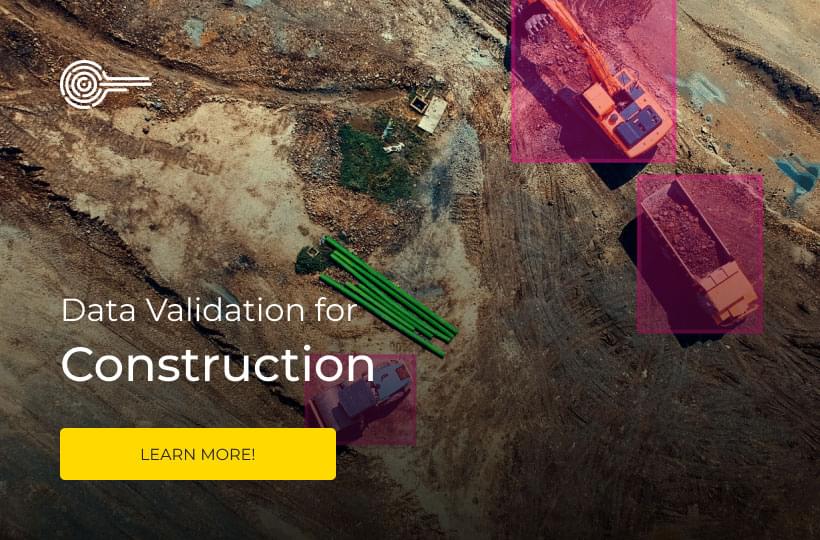Improving the Reliability of Solar Power with Data Annotation

The growth in solar photovoltaic systems (solar PV) capacity globally has been near exponential over the past 20 years. Solar PV is expected to be the fastest growing renewable energy source in the US until 2050. The ever increasing efficiency of solar panel technology, combined with improvements in manufacturing, installation, and maintenance mean that this vital renewable power resource is set to become a major component in our energy infrastructure.
However, challenges remain, particular when it comes to overseeing and fixing faults across thousands of enormous solar PV farms. Machine learning for computer vision may be providing some of the answers to these problems by enabling automated, fault finding applications for solar farms.
This blog will look in detail at the issues that AI has to overcome in this energy sector. And we will show how data annotation providers, like Keymakr, can support these efforts with image and video annotation services.
The challenges of large scale solar power production
Solar PV installations can be colossal in scale. Copper Mountain Solar Facility in Nevada, for example, occupies a 1,100 acre site. Across larger areas the number of individual solar panels that actually produce electricity can number in the millions. Due to the large-scale nature of solar power production inspecting solar power stations and individual units can be extremely time consuming.
Technicians are required to cover large acreages looking for small defects, such as hairline fractures in individual panels. This inspection process can also be dangerous, as technicians are constantly exposed to electrical wires.
However, inspections of this kind are necessary as faults in solar PV units can lead to overall decreases in power production for whole facilities, power which is relied on by industries and individuals. Therefore there is a significant incentive to streamline and accelerate the inspection process whilst maintaining high safety standards.

How can computer vision based models help?
The first step towards streamlining solar power plant inspections is utilising drone technology. Drones, equipped with infrared cameras, survey units and individual panels quickly and safely. Computer vision models can combine these images together, allowing them to be inspected by technicians in remote locations.
The next stage in the evolution of computer vision in this industry is fully automated inspections. Developers have created machine learning algorithms that are capable of collecting and processing the image data received from drones in a matter of minutes.
These models are capable of identifying faults with a high degree of accuracy, and are improving with each iteration. The result of this exciting computer vision AI application is a significant cost and labour time saving for this important, and growing, energy industry.
The importance of reliable access to data annotation services
Automated solar panel inspections are made possible, in part, by image and video annotation. By accurately adding labels and contextual information to images, annotators help to create training datasets that allow machine learning models to reliably interpret their environment (distinguishing solar panels from the sky for example), and find the faults that they are designed to target.
In order to develop effective training datasets many AI companies turn to data annotation services. Keymakr has significant experience annotating images from drones, and can help developers to craft precision training data in a cost-effective manner. By leveraging an in-house team led by experienced managers, and proprietary annotation technology, Keymakr ensures that labeling accuracy and verification quality stays high.




